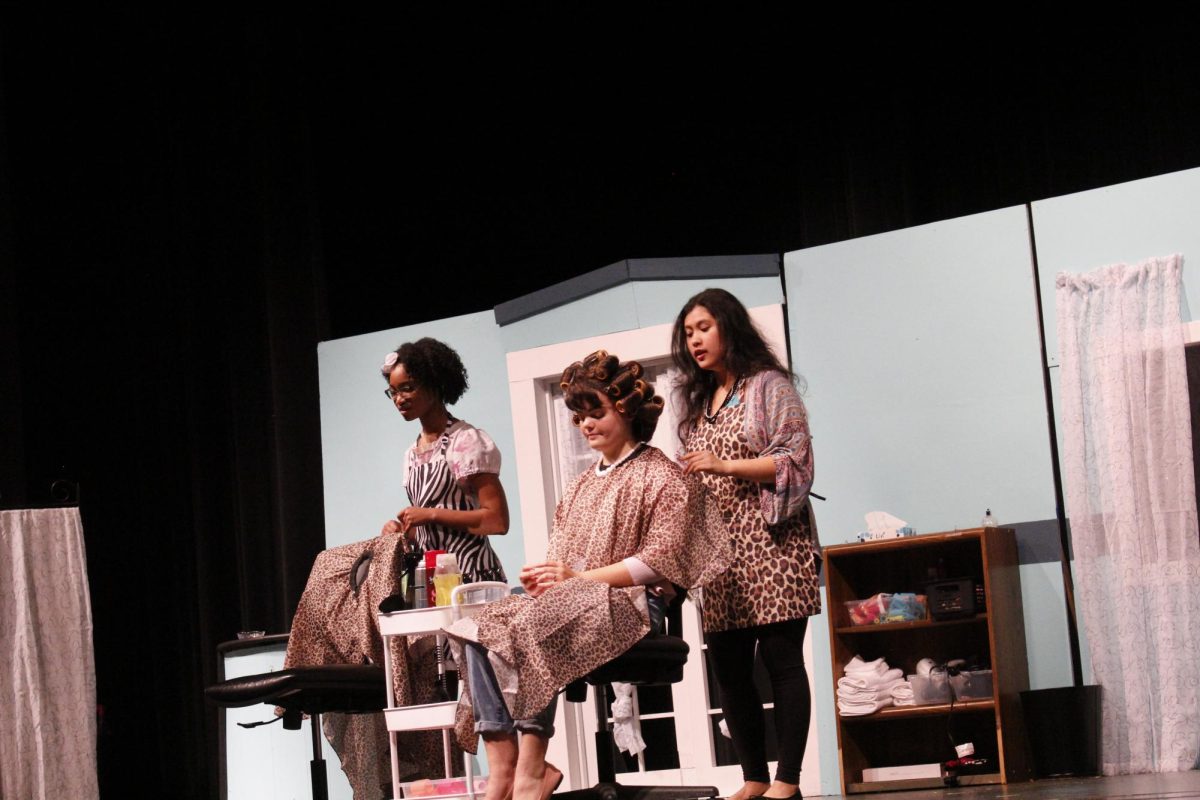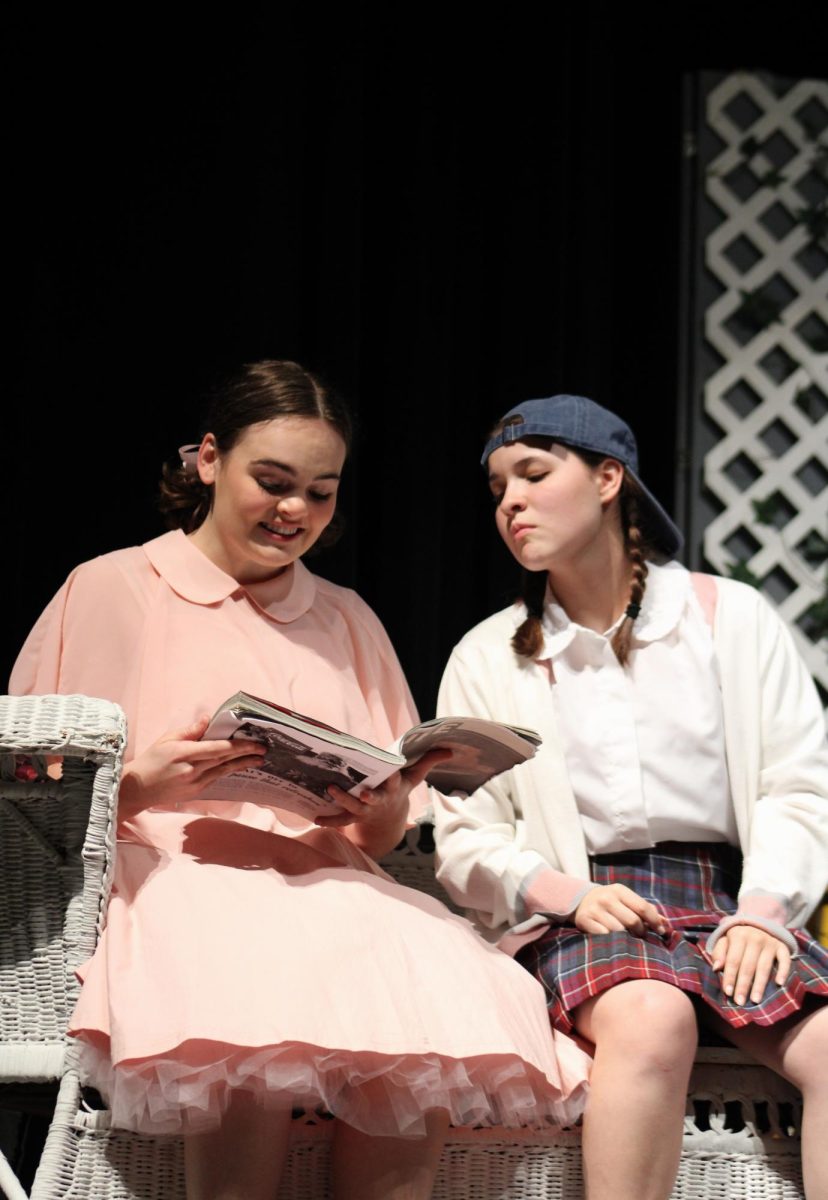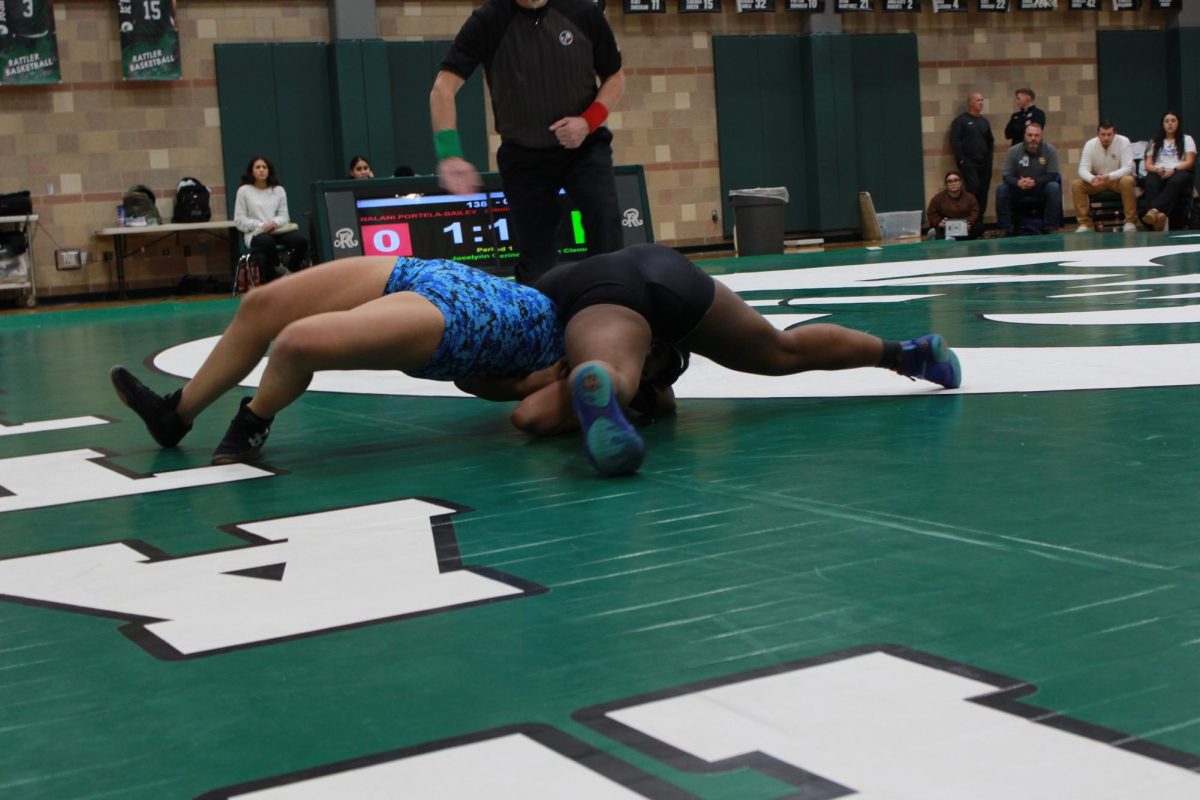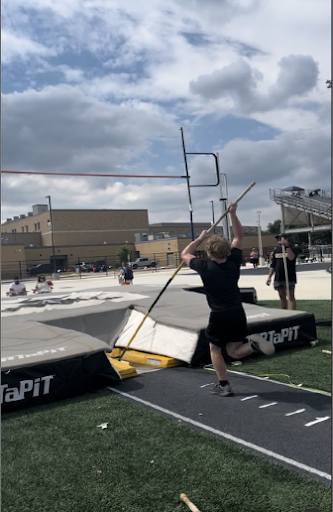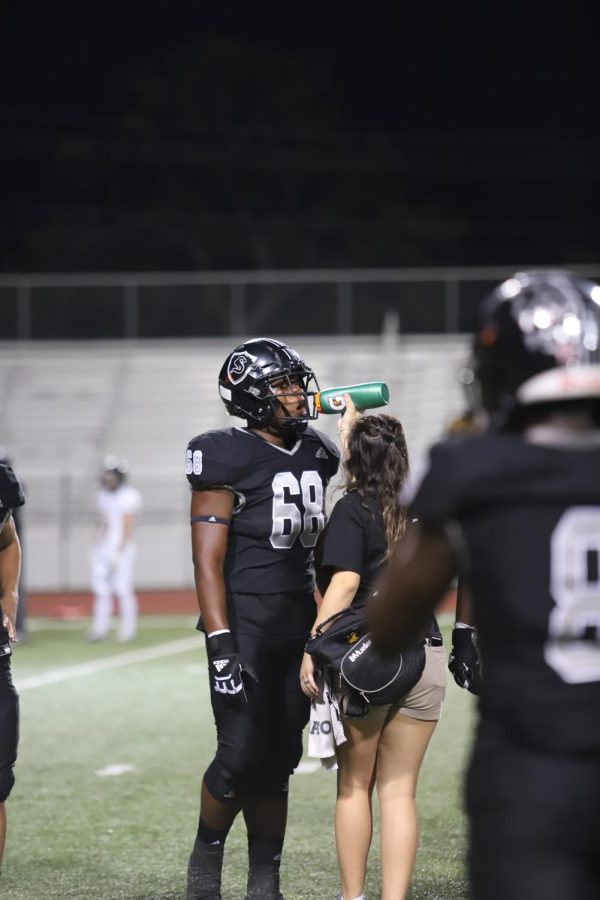Behind The Sport: The Role of Our Student Athletic Trainers
Nov 18, 2022
From football to track, the athletic training program on-campus allows our athletes to safely participate in their sports. In addition to the athletic trainers, Coach Schwertner and Coach Culberson, we have a group of student athletic trainers who assist in the well-being of the athletes.
“A student athletic trainer is someone who helps provide aid to the different sports teams and helps in all aspects. This includes taping, first-aid, stretching, providing water and much more,” explains Jenalyse Quiles, one of our student athletic trainers.
The student athletic trainers must be in attendance for all football games and practices while in-season, as well as aid the trainers with any sport-related tasks or injuries.
According to Quiles, this includes, “filling all coolers and water bottles with ice and water, making sure all equipment needed is taken to where it needs to be, taping ankles, wrists, and thumbs for the athletes and keeping our fanny packs stocked and organized so that we can use them in the event of an injury.”
Preparation before games is only a small portion of what the student athletic trainers do. They must also help the athletes with the prevention and treatment of injuries.
Quiles explains, “The most fun thing to do, for me, is first aid during games. This would be like if a player comes off the field with a cut and I have to clean it up and wrap it. Although it sounds quite gruesome, it is very interesting, and to an extent gives you a rush of adrenaline.”
While the student athletic trainers do assist when athletes obtain injuries, the more serious injuries are limited to the head athletic trainers.
“We tape ankles, wrists, thumbs and any wounds that the athletes would like to have patched up,” notes Quiles, stating one of the many responsibilities the student athletic trainers have when it comes to injuries.
During football season, at each game, the trainers are given different assignments and positions.
Quiles elaborates stating, “One week you might get assigned offense (meaning every time offense is on the bench, you go to them and give water), and the next week you might get assigned referees and timeouts (meaning every time a timeout is called you run out on the field with your water.)”
At the conclusion of the season, the student athletic trainers are dispersed among the other sports, including basketball, soccer and softball.
“Personally, last year I was the athletic trainer for girls soccer, and this year I will be the athletic trainer for boys soccer,” states Quiles.
Obtaining a spot on the athletic training team is a highly desired position, and there are many hoops that you have to jump through to earn the title.
“To become an athletic trainer, you must take a year of the Sports Medicine 1 course. After you take this course you are eligible to try out. Try-outs are placed at the end of the year during spring ball, and it is based on attendance, participation and grades,” Quiles elaborates.
Quiles highly recommends this opportunity to other students here on campus.
Providing advice, Quiles states, “To any upcoming athletic trainers, it is a lot of work to do what we do, and we go very unnoticed at times, but it will give you so many memories, and it provides so much experience.”
